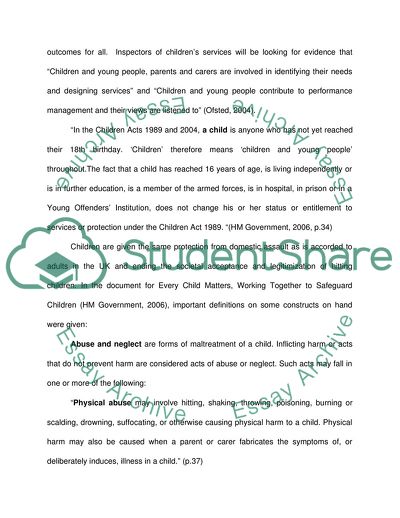Cite this document
(Protecting the Rights of the Worlds Future Coursework, n.d.)
Protecting the Rights of the Worlds Future Coursework. Retrieved from https://studentshare.org/social-science/1730966-the-protection-of-childrens-rights
Protecting the Rights of the Worlds Future Coursework. Retrieved from https://studentshare.org/social-science/1730966-the-protection-of-childrens-rights
(Protecting the Rights of the Worlds Future Coursework)
Protecting the Rights of the Worlds Future Coursework. https://studentshare.org/social-science/1730966-the-protection-of-childrens-rights.
Protecting the Rights of the Worlds Future Coursework. https://studentshare.org/social-science/1730966-the-protection-of-childrens-rights.
“Protecting the Rights of the Worlds Future Coursework”. https://studentshare.org/social-science/1730966-the-protection-of-childrens-rights.


